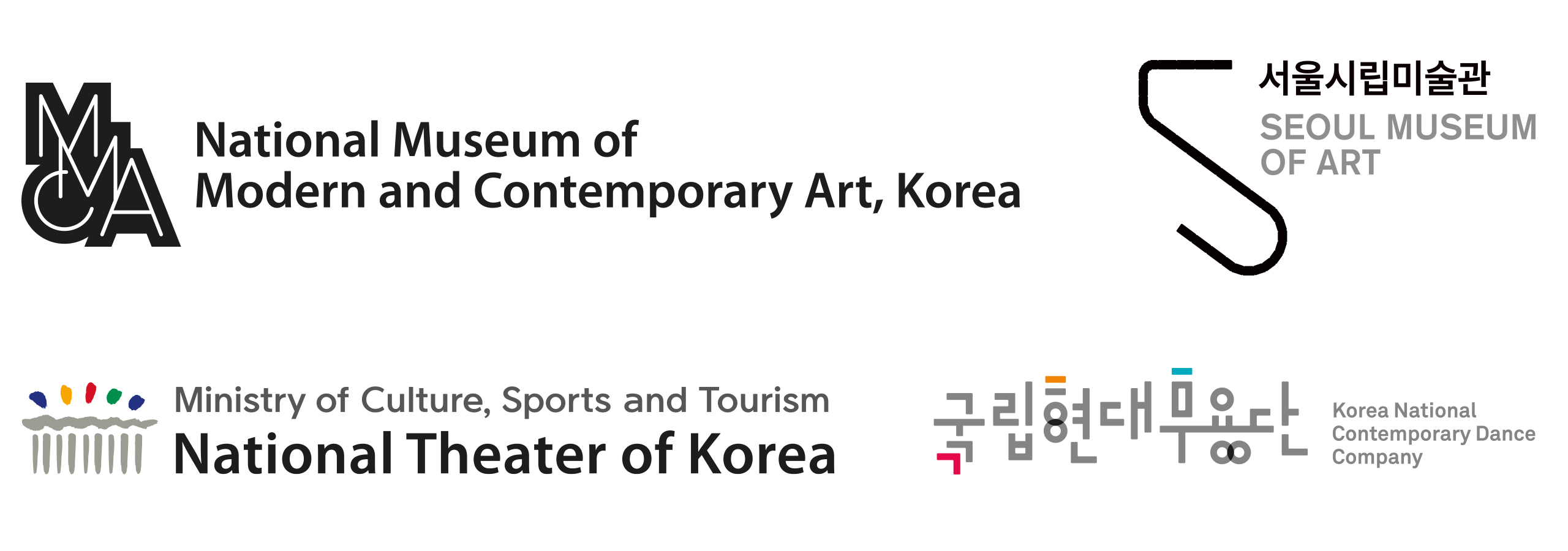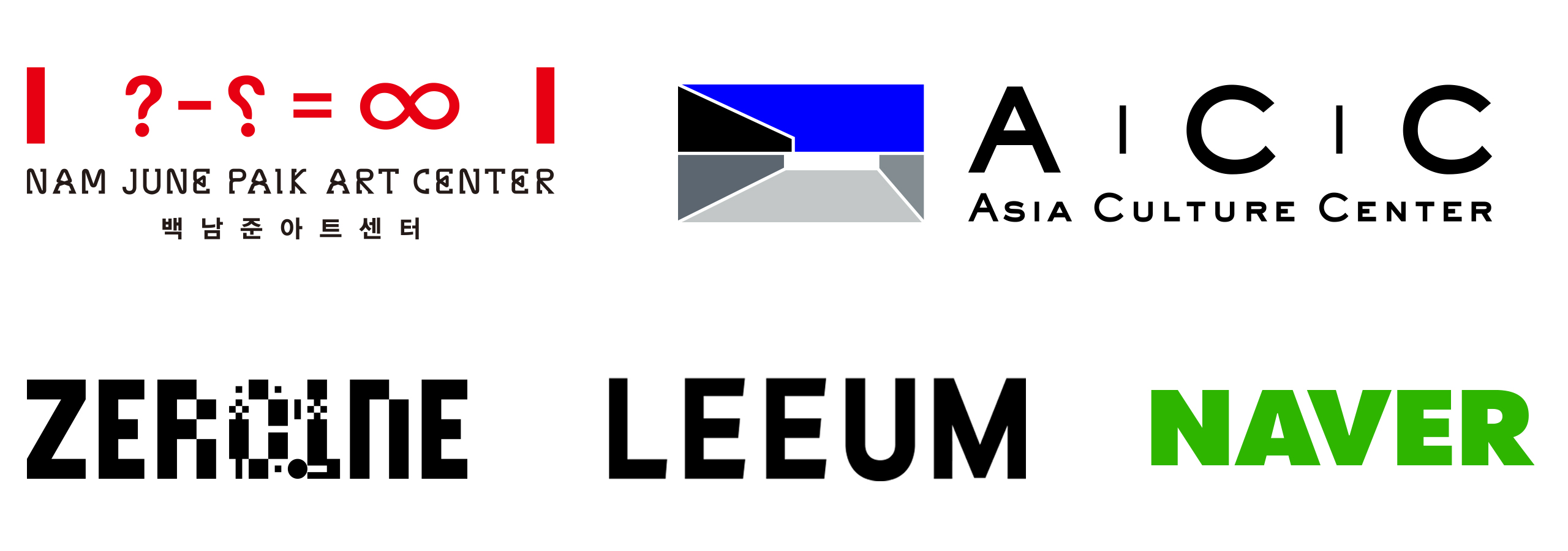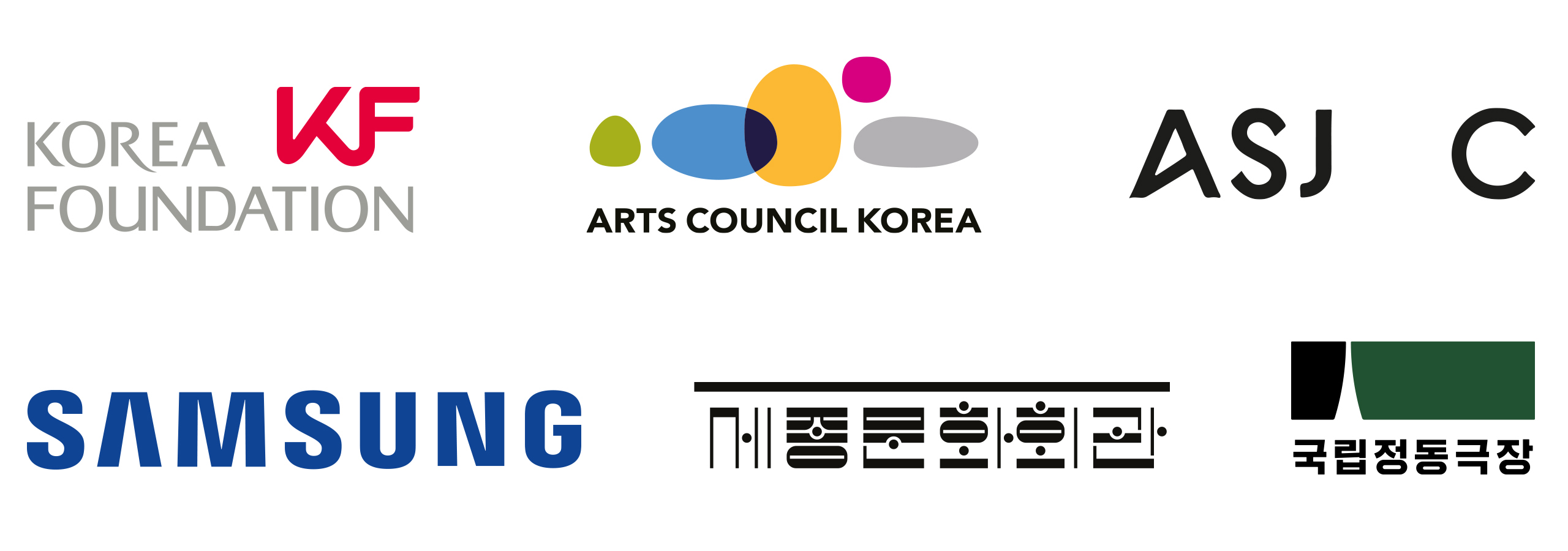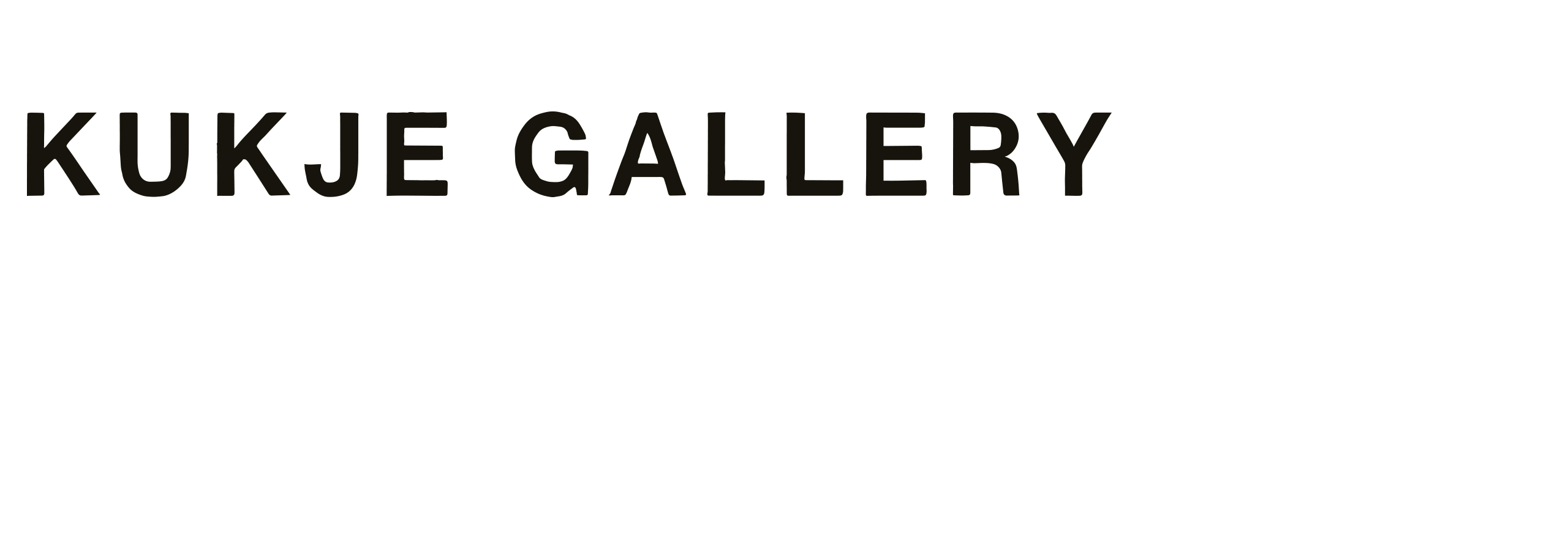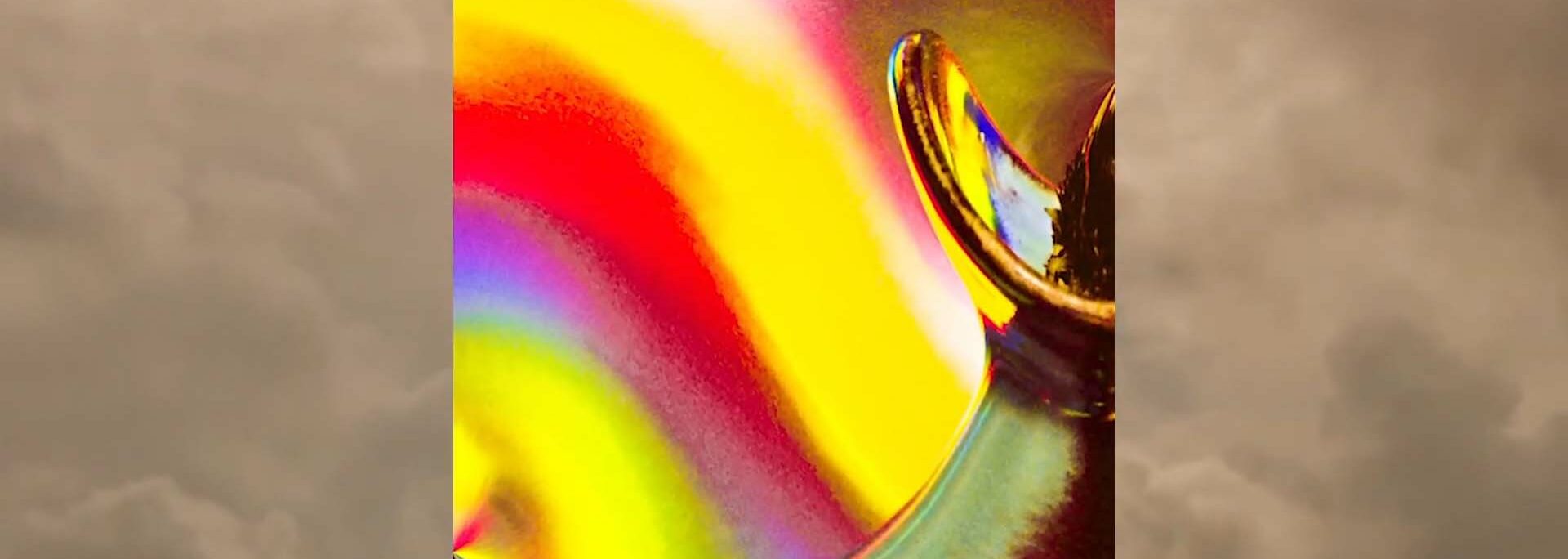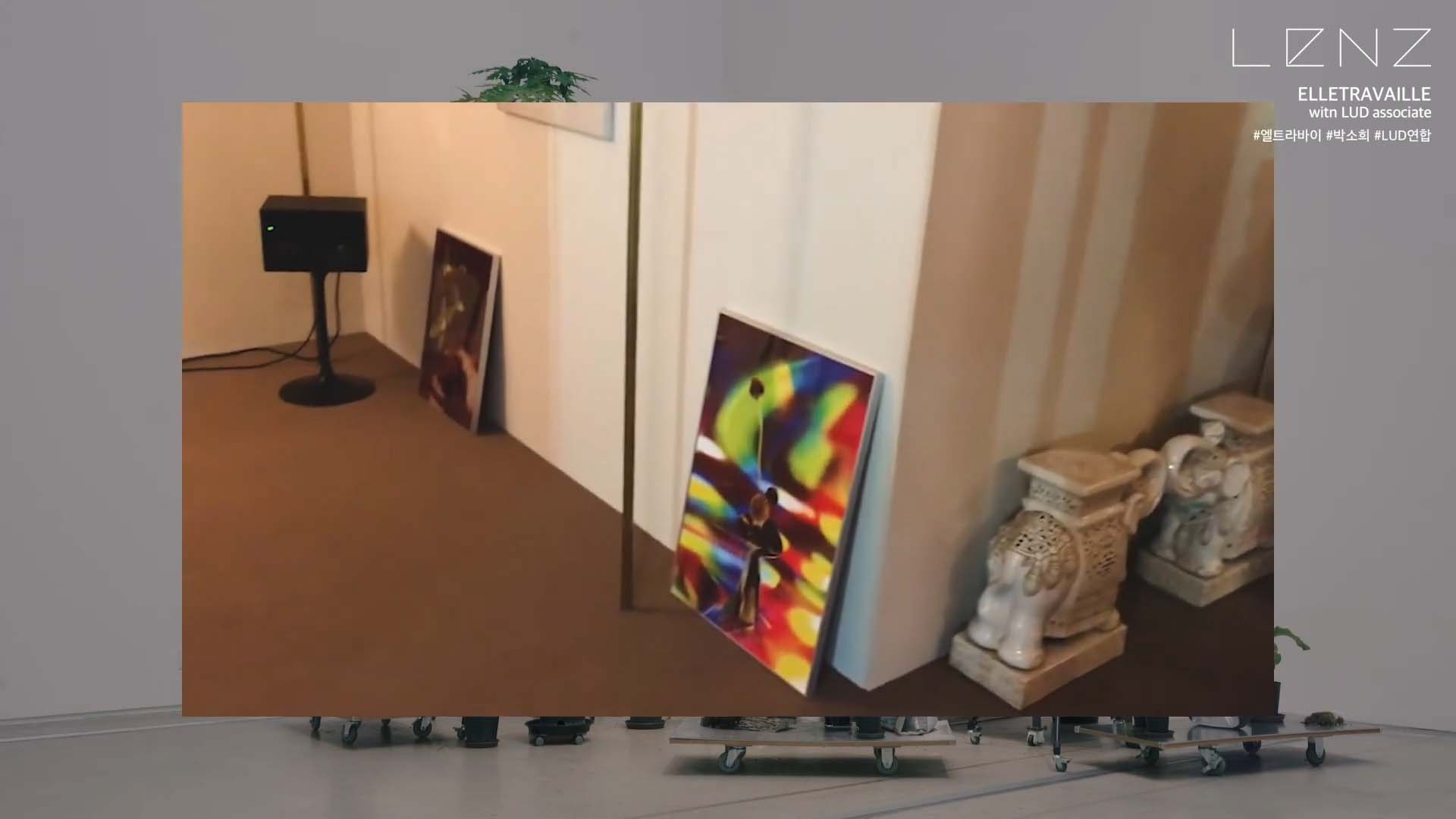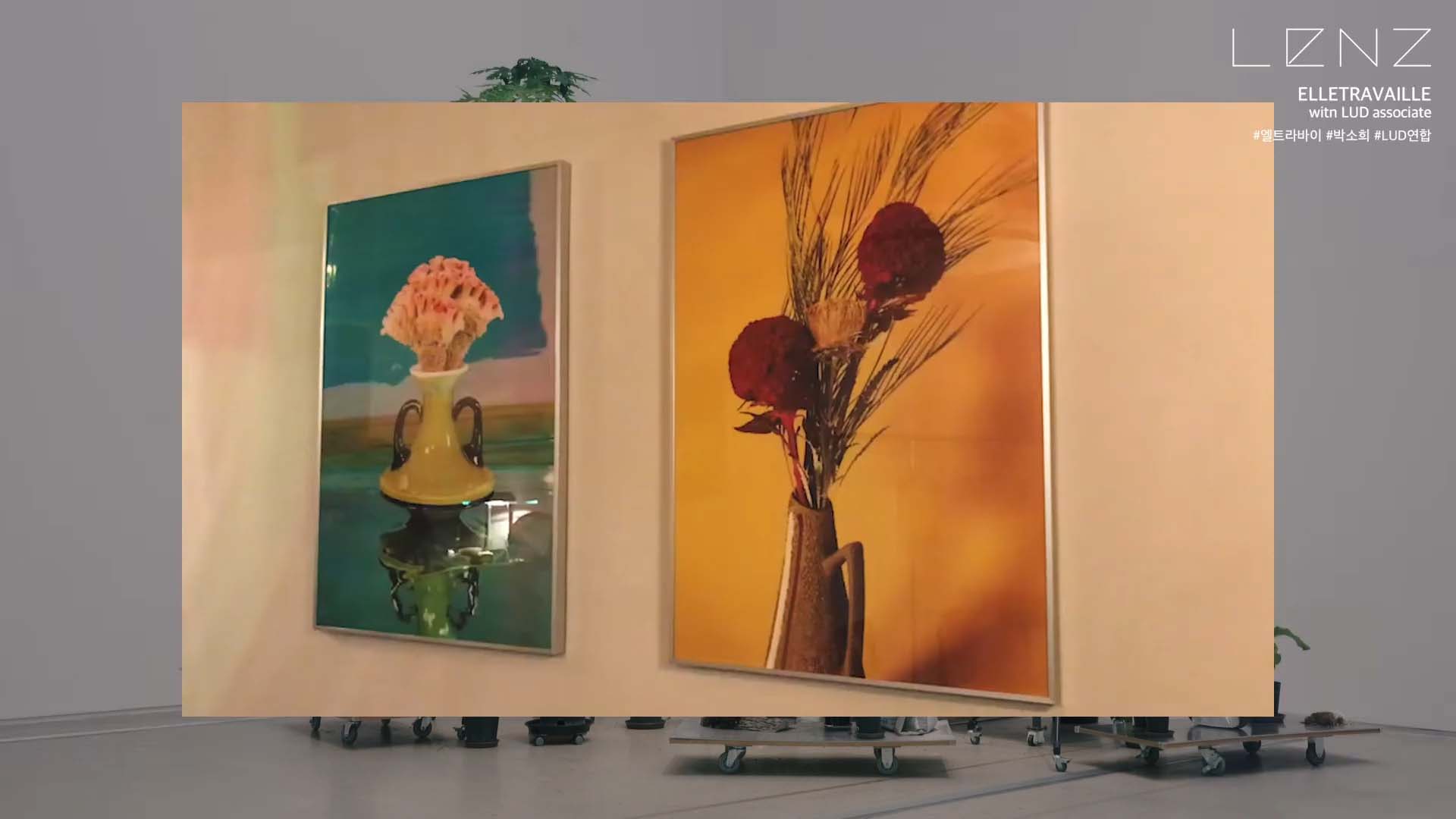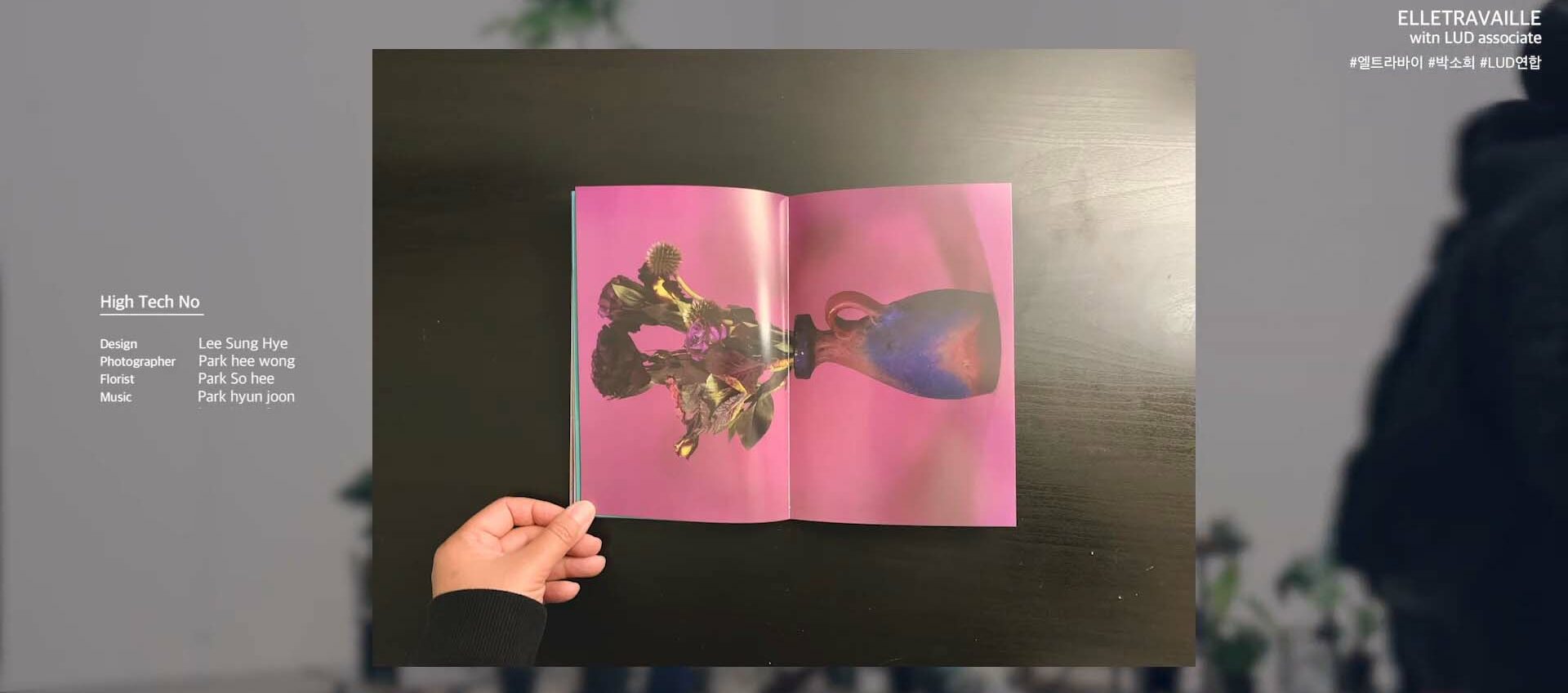MeeJee Lee: Yes, I can feel the importance of having the right people around when you’re working. It really makes a difference. By the way, the book structure you mentioned sounds quite unique. It’s designed as a fold-out page, correct?
Park So-hee: Yes, it took us a year to complete the book after we started working on it. We could have just placed all the photos on one page, but we didn’t want it to be something disposable, like just tearing it out and sticking it somewhere. It felt wrong, and the photographer agreed with that view. So, we made sure that the photos were presented in a spread layout, so they couldn’t be used on their own. However, when the images are sold as frames or shared in PDF form online, we present them in their full form.
MeeJee Lee: That’s interesting. The book wasn’t just serving its purpose as a book, but rather as a tool for something different, almost like an object with its own purpose. Now, there’s music ready. Shall we take a moment to listen?
MeeJee Lee: You’ve just heard Hi-Techno. It feels like each plant’s character stands out more when you look at them while listening to the music. It’s fascinating. Did the person who created this music see the plants in the book before composing, or were they present during the creation of the work?
Park So-hee: No, they weren’t present during the creation of the work. The photos were already taken, and they were part of the selection process. When we were choosing the photos, they were drawn to a few of them. The music tracks weren’t made for all the photos, but for the ones that really moved them. So, they composed the music based on the photos they connected with.
MeeJee Lee: It really matches well. You’ve sent me a video clip, and the music and images complement each other perfectly. I was curious about the creative process, but now that I know the music was inspired by the images, it all makes sense. How long has Eltravai been active now?
Park So-hee: It’s been 8 years now.
MeeJee Lee: 8 years! That’s quite a long time.
Park So-hee: Yes, I’m getting old.
MeeJee Lee: Do you have any upcoming projects for Eltravai?
Park So-hee: I don’t have any scheduled projects yet. But this year, I’ve been thinking about working with video artists. I have a lot of friends who work in video, and we’ve been talking about it. When working on a project, having someone to collaborate with is the most important thing. I’m not saying this because they’re my friends, but they’re honestly some of the most amazing people, and many of them are doing great things. So, I’m really looking forward to the video project.
An Jae-young: I’d love to be part of it too when the time comes.
MeeJee Lee: I would love that too. Today, we had the pleasure of speaking with Park So-hee, the founder of Eltravai, the first collaborator for Love Your Depot. I’ll be supporting Eltravai’s future activities, and with that, we’ll conclude today’s recording. This was brought to you by 57STUDIO, with on-site engineer Gero, panelist An Jae-young, and I’m MeeJee Lee. Thank you.


